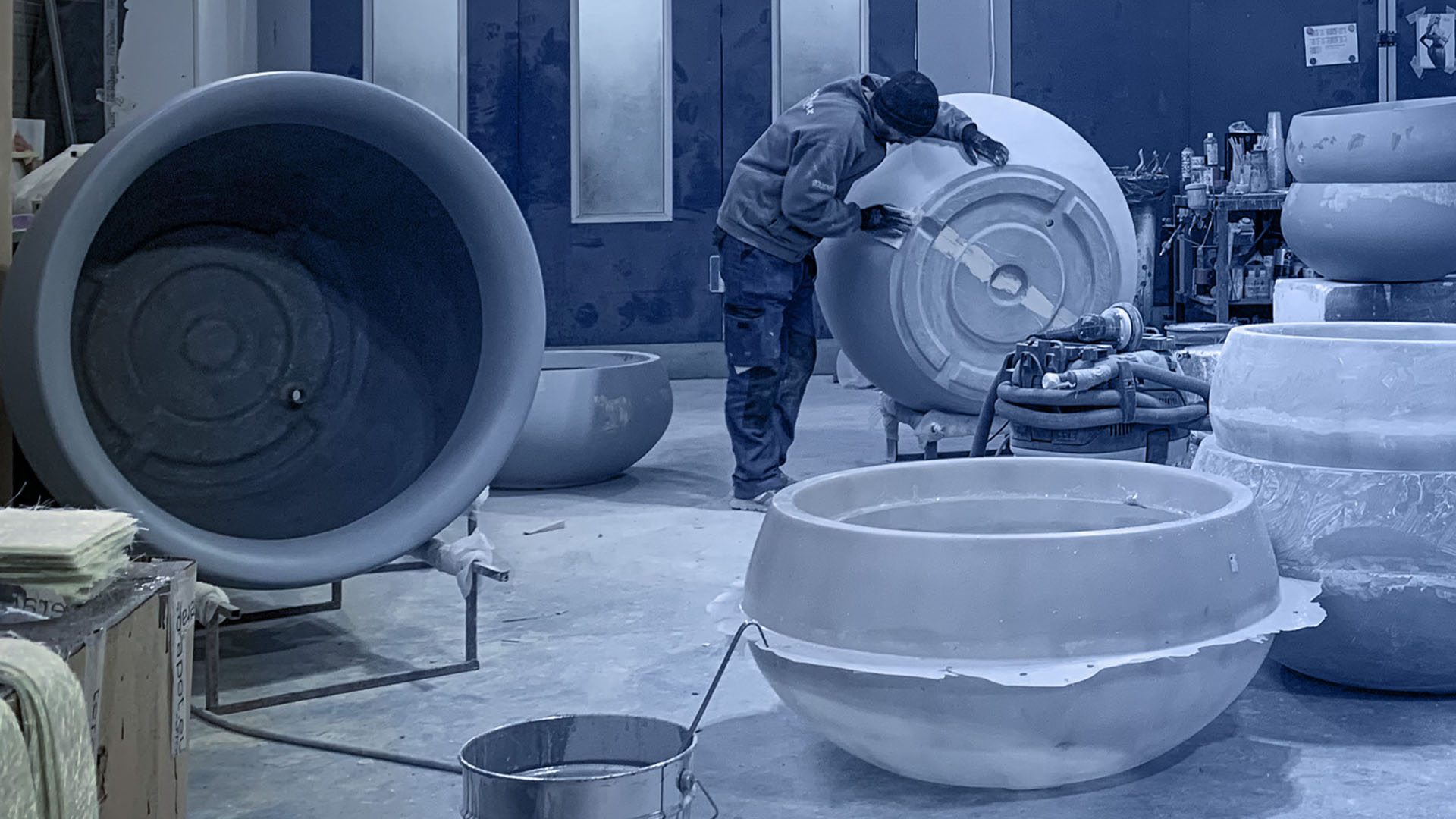What is fiberglass?
Fiberglass is a composite material made of polyester resin and glass fibers. The specificity of this material lies in its relative strength in relation to its weight, but also its resistance to the most aggressive conditions. This is precisely one of the reasons why it is most often used in the construction of speedboats, yachts and the aviation industry. As the most obvious proof of the resistance and durability of fiberglass, we can see speedboats that have been exposed to the most aggressive weather conditions (salt water, strong sun, low temperatures) for over 20 years without major changes.
Price of fiberglass pots
The price of fiberglass pots, apart from depending on the high-quality raw material from which it is made, also depends to a greater extent on the manufacturing method itself. All planters are made by hand through a complicated production process, with subsequent detailed and fine processing to obtain an exceptional surface finish. The production process of fiberglass pots includes making expensive molds, mold preparation, material preparation, hand casting, processing of planters, preparation for painting and painting with auto lacquers in the chamber. In order to obtain quality, none of these processes can be shortened or accelerated, and this implies a relatively large number of man-hours of manual labor to each perfect planter position.
